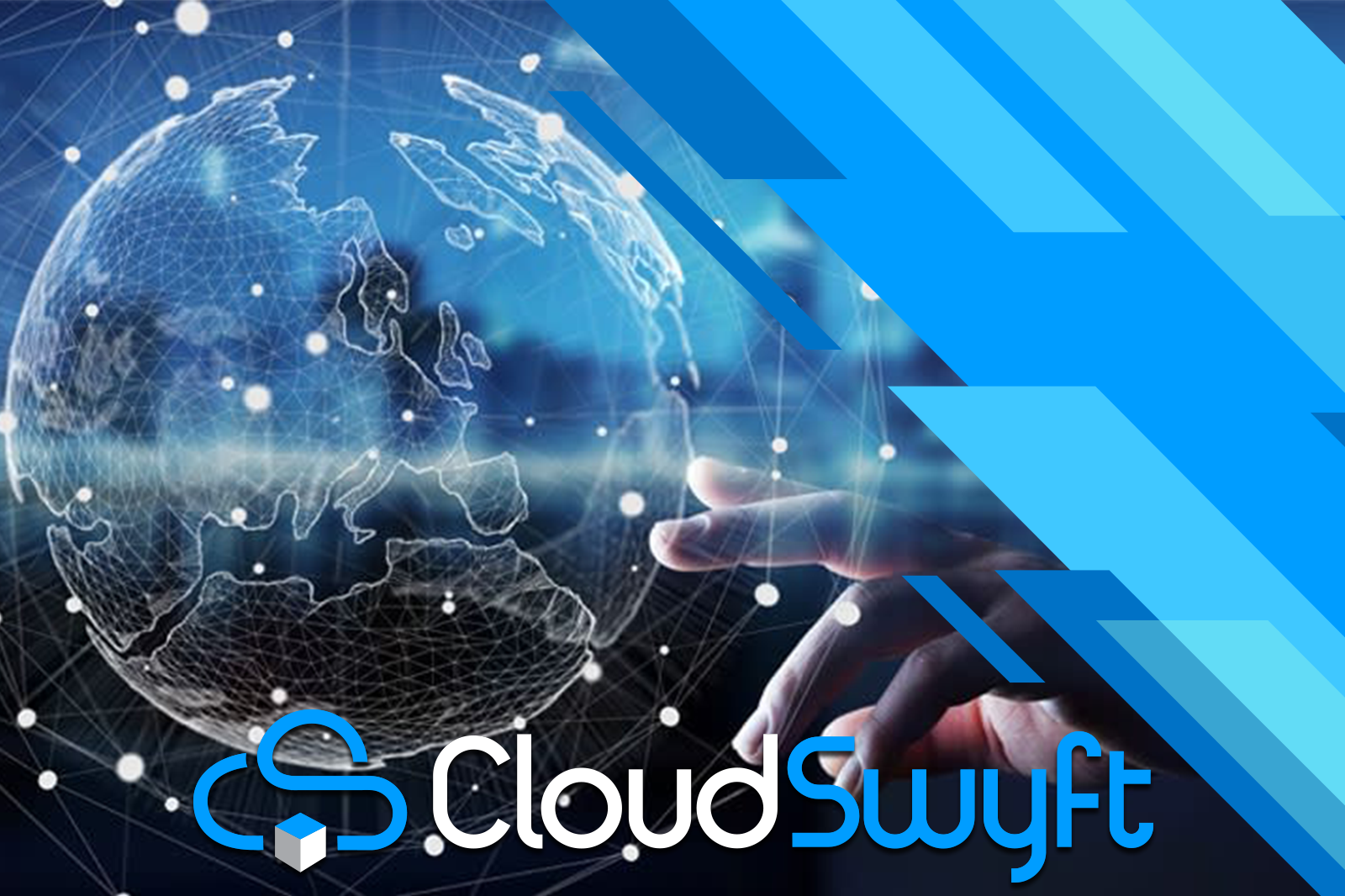About This Course
Is your business preparing to roll out an IoT solution to a production environment? Do you need to evaluate your solution architecture or submit final business docs before committing valuable resources? Have you completed a thorough evaluation of the security risks that your business might be facing? This course provides the expert guidance and hands-on experience that you need in order to prepare for a successful IoT solution roll-out.
The first module provides an overview of the IoT Reference Architecture, introducing Things, Insights and Actions. With a basic understanding of the architecture, students will examine the core and optional subsystems, cross-cutting concerns, principles and concepts of the Reference Architecture, and architecture of key subsystems.
In the second module, students will use the Remote Monitoring Solution Accelerator to explore the receipt and processing of remote device telemetry (the most common scenario for IoT) within the context of the Reference Architecture. Students will identify the areas of alignment and where the solution departs from the reference, as well as the tools used to deploy the solution. The student will then review some of the options for customizing the Remote Monitoring solution and complete some customization activities. Finally, the student will review additional accelerator solutions and learn when they may be applicable.
In module three, students are introduced to approaches that can be used to determine and document the business and system requirements that will drive key factors such as security, scalability, availability, and disaster recovery service level agreements. They will then apply the requirements, develop a candidate architecture, build a PoC, deliver a cost analysis, and evaluate against quality measures. To finish up the module, students will propose the IoT Hub Operations, Monitoring and Security Processes and Procedures to support the candidate architecture.
In the final module, students will take their defined business requirements and examine how to apply their understanding of IoT Architecture and the capabilities of Azure IoT to create a compelling proposal. They will learn the key attributes of the Azure Cloud and the Azure IoT architecture that should be emphasized, approaches for developing the cost of a proposal and other factors such as support. Students will also consider the steps necessary for moving from a Proof of Concept to a full rollout and how to support the solution.
Please Note: Learners who successfully complete this course can earn a CloudSwyft digital certificate and skill badge - these are detailed, secure and blockchain authenticated credentials that profile the knowledge and skills you’ve acquired in this course.
What you'll learn
- Explain the characteristics and benefits of a cloud solution architecture
- Describe the things, insights, and actions for a proposed IoT solution
- Describe the IoT Reference Architecture Subsystems and security
- Explain the pillars of software quality
- Implement redundancy within an IoT solution
- Deploy the remote monitoring solution accelerator
- Customize a solution accelerator
- Customize and redeploy a microservice
- Apply and tailor the reference architecture to a scenario
- Describe and identify architecturally significant requirements
- Document architecturally significant requirements from a stakeholder interview or business goal documentation
- Design a physical architecture that aligns with a given scenario
- Develop and execute a verification plan against an architecture
- Identify the key objectives of an executive summary
- Articulate the key values of Azure and Azure IoT
- Produce a cost estimate for an IoT solution scenario
- Document an IoT solution architecture
- Construct the business proposal for an IoT solution
- Implement an IoT solution roll out
- Scale an IoT solution to accommodate changing business demands
Prerequisites
Before starting this course, students should be able to:
- Recognize and define the opportunity for IoT solutions that achieve business goals for top/trending industries
- Program resource constrained device hardware, breadboard simple electrical circuits, and capture sensor readings
- Configure and implement two-way communications between devices and a cloud gateway
- Implement data analytics (live streams and stored data) to inform device management and other actions
- Construct IoT data visualizations that enable businesses to gain insights related to their operations
- Apply machine learning to IoT data to facilitate predictive maintenance and improve business services
Course Syllabus
This course is completely lab-based. There are no lectures or required reading sections. All of the learning content that you will need is embedded directly into the labs, right where and when you need it. Introductions to tools and technologies, references to additional content, video demonstrations, and code explanations are all built into the labs.
Some assessment questions will be presented during the labs. These questions will help you to prepare for the final assessment.
The course includes five modules, each of which contains two or more lab activities. The lab outline is provided below.
Module 1: Understanding the IoT Reference Architecture
- Lab 1: Architecture Overview
- Lab 2: Reference Architecture Subsystems and Security
- Lab 3: Pillars of Software Quality
- Lab 4: Implementing Redundancy
Module 2: Exploring Solutions
- Lab 1: Remote Monitoring Solution Accelerator
- Lab 2: Customize a Solution Accelerator
- Lab 3: Connected Factory and IoT
Module 3: Requirements and RFPs
- Lab 1: Understanding Requirements
- Lab 2: Understanding an RFP
- Lab 3: Responding to an RFP
Module 4: Proof of Value and Rollout
- Lab 1: Planning a PoV
- Lab 2: Rollout to Production
- Lab 3: Scaling to Needs
- Lab 4: Retiring Assets
Course Staff
Chris Howd
Engineer and Software Developer
Microsoft
Chris is an engineer and software developer who has been working at Microsoft in various roles for the past 15 years. Before coming to Microsoft, Chris worked for the U.S. Department of Defense designing and developing computer controlled instrumentation and robotic systems, and was a self-employed contractor doing engineering research with NASA and select engineering start-ups.
Daren May
President and founder of CustomMayd
CustomMayd
Daren May is the President and founder of CustomMayd— a company that specializes in designing and building developer training and next-level digital experiences. Daren is a Windows Development MVP and has written and presented many training courses including Microsoft Virtual Academy videos.
Ranga Vadlamudi
Principal Program Manager, Azure IoT
Microsoft
Frequently Asked Questions
Who can take this course?
Unfortunately, learners from one or more of the following countries or regions will not be able to register for this course: Iran, Cuba and the Crimea region of Ukraine. While edX has sought licenses from the U.S. Office of Foreign Assets Control (OFAC) to offer our courses to learners in these countries and regions, the licenses we have received are not broad enough to allow us to offer this course in all locations. EdX truly regrets that U.S. sanctions prevent us from offering all of our courses to everyone, no matter where they live.




